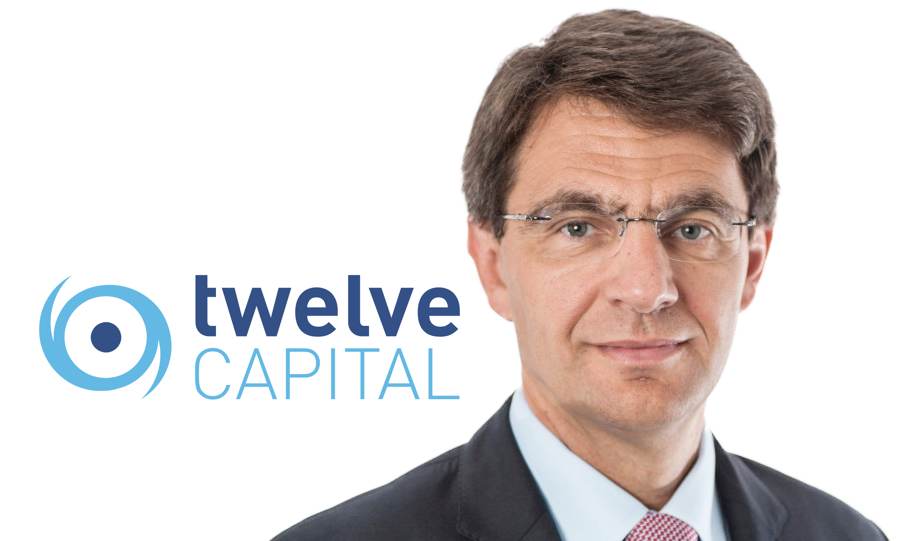One of the best entry opportunities to catastrophe bonds: Ramseier, Twelve

Current market conditions make allocating to the catastrophe bond asset class particularly attractive at this time, according to Twelve Capital Founding Partner & Group CIO, Dr. Urs Ramseier.
In a letter, Ramseier sets out the Twelve Capital view on the current geopolitical landscape, and how the invasion of Ukraine by Russia and the humanitarian crisis that has followed will affect the asset classes the investment manager focuses on in insurance and reinsurance.
“The fundamental strength of the insurance sector remains unchanged. Our view is supported by insurers’ diversified exposures and robust capital positions,” Ramseier wrote.
Stating, “We are confident that insurers’ direct exposures to Russia and Ukraine will have a minor impact for credit and equity investments and no consequences for our Cat Bond and Private ILS offering.”
Private ILS does have some exposure, through certain specialty lines reinsurance and retrocession arrangements, as well as certain sidecar vehicles, but it is likely to be very minimal and restricted to strategies that invest in certain types of opportunities like aviation.
Meanwhile the majority of the ILS market remains largely focused on natural catastrophe risks, where there is no direct loss exposure to the crisis in Ukraine.
While there are no direct consequences for the catastrophe bond market and for the private insurance-linked securities (ILS) strategies managed by Twelve Capital, market conditions are in fact making allocations more attractive in some areas of ILS, Ramseier believes.
Catastrophe bonds, in particular, are benefiting from market conditions that could allow investors and fund managers to deploy more capital, while benefiting from particularly attractive spread dynamics.
Ramseier highlights the evident lack of correlation of ILS and catastrophe bonds to the geopolitical situation, which as we explained in a recent article has seen the ILS asset class demonstrate its general lack of correlation and largely inflation-proof returns during a time of significant capital market and equity market stress.
Cat bonds in particular are delivering on many fronts though, with strong issuance again this year, attractive returns through higher spreads, helped by rising reinsurance and retrocession pricing, as well as other market forces that are combining to make the asset class even more attractive at this time.
Ramseier explained that, “The primary market continues to be active, with the vast majority of recent transactions focused again on US peak perils. Pricing continues to be attractive and more supply is expected until at least the middle of the second quarter.
“This stronger than expected new issue activity, together with strong FX movements, have facilitated the deployment of new capital compared to what is typically observable at this ime of the year, while lowering cash levels for Cat Bond managers.”
On top of the cat bond new issuance market, secondary market effects are also accentuating the investment opportunity, Ramseier said, highlighting that, “The selling activity in the secondary market has also led to some weakness in pricing. As a result, the Twelve UCITS Cat Bond strategies now exhibit a spread of almost 550bps above money market. This is a material increase of almost 80bps from just a few weeks ago.”
All of which means there are opportunities for managers to take in more capital at this time and to deploy it into particularly attractive market conditions, with abundant new issue cat bonds available and some attractively priced secondary market stock available as well.
But this is not always going to be the case, issuance will slow as the US wind season begins and secondary pricing dynamics for cat bonds will change.
Leading Ramseier to say, “We expect these market conditions to be temporary and they represent a rare chance to deploy larger capital amounts within a short period of time.
“This could represent one of the best entry opportunities into the Cat Bond asset class that we have seen in many years.”






